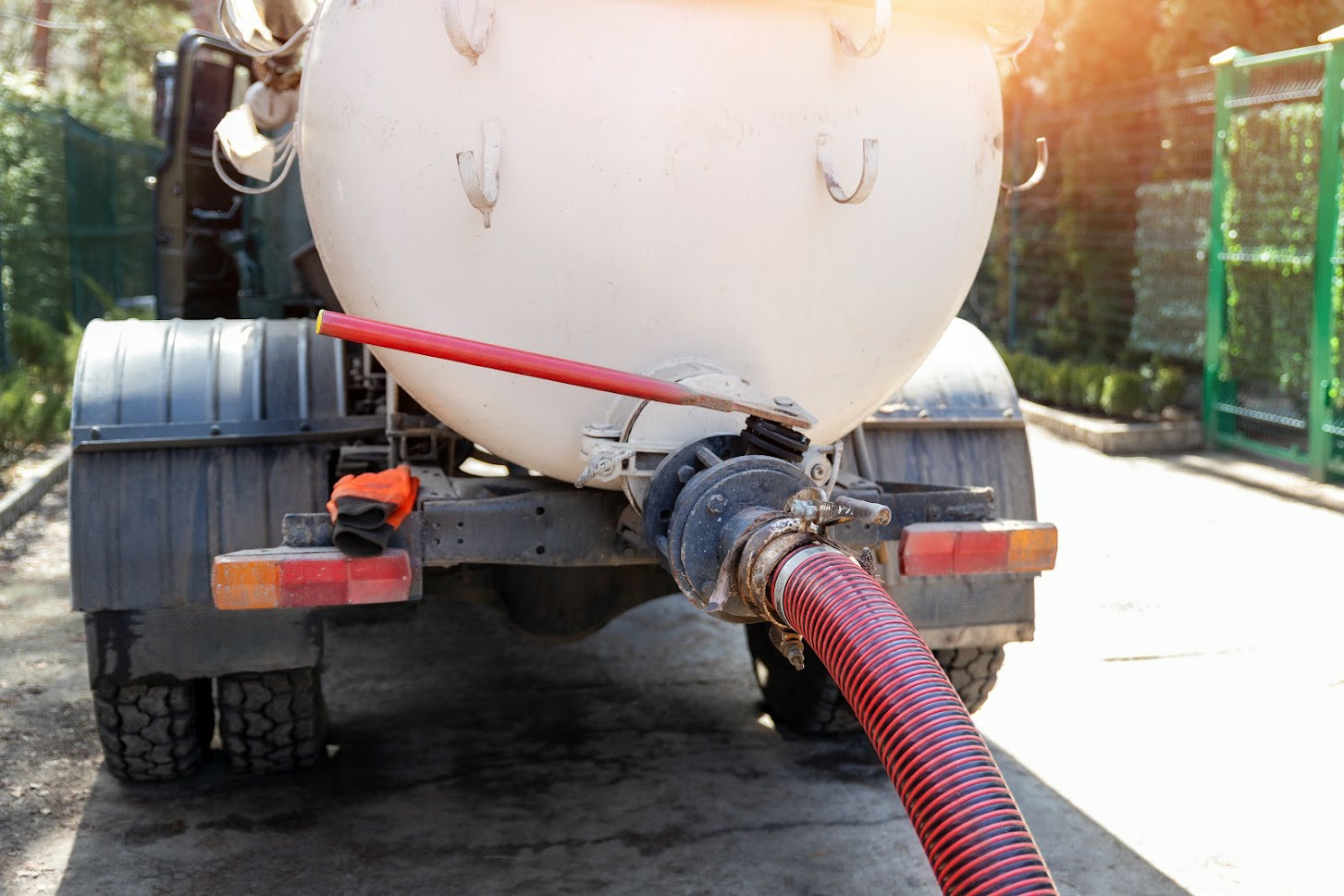What Does a Septic Inspection Involve?

A regular septic inspection helps you to know your septic system's condition at any time. You may also need to inspect abandoned, flooded, or damaged septic systems. Below are some of the areas the septic contractor will evaluate
during the inspection.
Septic Safety
The contractor should review your septic system's safety status. Specifically, the contractor should check for:
- The septic tank's structural integrity and fit: Damaged, loose, or missing covers increase your risk of falling onto the tank.
- The tank's integrity: Damaged or worn tanks can collapse.
- The waste outside the septic system: Germs in the waste might contaminate the environment and both plants and animals.
Safety checks are necessary so that you can continue using your septic system without fear.
Sludge Level
A septic tank holds waste long enough for bacteria to decompose that waste. Decomposition separates liquid and solid waste. Liquid waste flows out of the tank for safe disposal in the drainfield. Solid waste settles at the bottom tank.
You need to pump the tank regularly to get rid of the solid waste.
The contractor will assess the level of sludge in the tank to determine whether it needs pumping. Sludge level analysis is crucial for septic systems that haven't seen use for some time. You also need the test if you can't recall when you
last pumped the tank.
Sizing
In addition to safety, the contractor should also assess whether the septic system's size matches your household's needs. Sizing might not be an issue if a professional installed your septic system and your household hasn't changed much
since the system's installation.
However, the septic system might be undersized if:
- You have increased your water usage since installing the septic system
- Your household's size has increased since the system's installation
- You entertain guests more frequently than you did when you designed the system
The longer you have lived in the home, the more likely your lifestyle has changed in such significant ways.
Waste Spillage
Septic waste should stay within the septic system from the house to the septic system. Waste outside the system endangers your life and the environment. Thus, the septic contractor should inspect the system or signs of waste spillage
during the inspection.
The inspection can take several formats. For example, the contractor may:
- Visually inspect the yard for signs of waste, such as unusually green patches of glass
- Inspect the septic pipes for signs of damage or disconnections
- Test the tank for leakages using hydrostatic, vacuum, or dye tests
The cause of the leakage determines the remedy. For example, you may have to replace a damaged tank or pipe.
Proximity to Water Sources
Septic systems should not be too close to water sources. The waste might seep into the ground and contaminate the water sources. Again, professional septic contractors are usually keen enough to avoid such mistakes. However, you
or your neighbor's might have dug some wells or ponds in the vicinity since installation. Thus, the contractor will assess the system's distance from water sources.
Connections
The contractor will also evaluate the accessories or connections to your septic systems. For example, the inlet and outlet pipes should be sound and clear. Blocked pipes can allow waste to spill outside the system.
The septic baffles, which regulate waste flow into and out of the tank, also require inspection. Malfunctioning valves might overwhelm the tank with waste and allow untreated waste to flow out of the tank.
Note that a professional septic contractor should perform the inspection. A DIY septic inspection is dangerous since it increases the risk of infections and environmental contamination. Contact Southern Sanitary Systems Inc for
inspection or other septic services. We are professional septic technicians with decades of experience in the industry.







